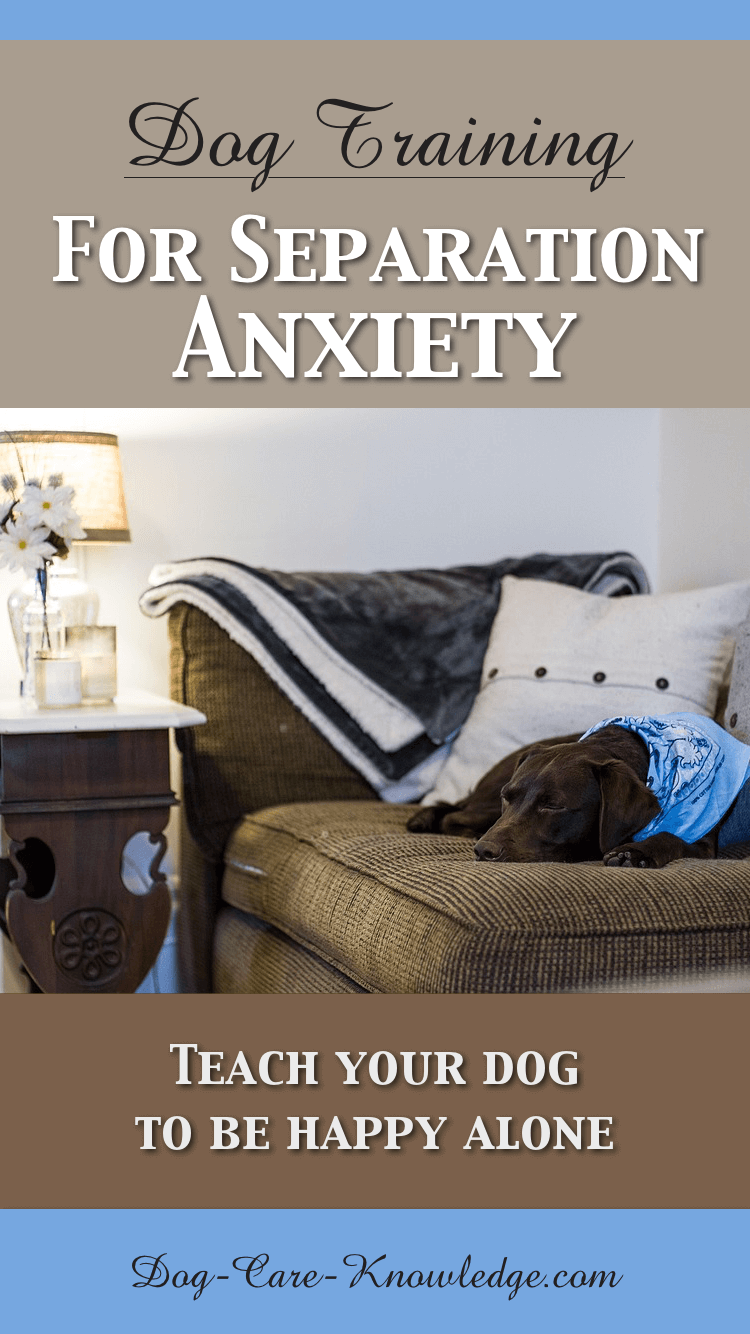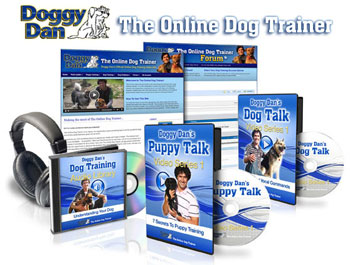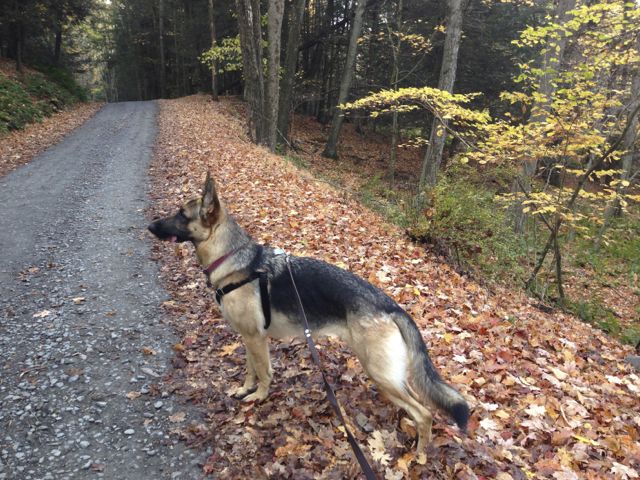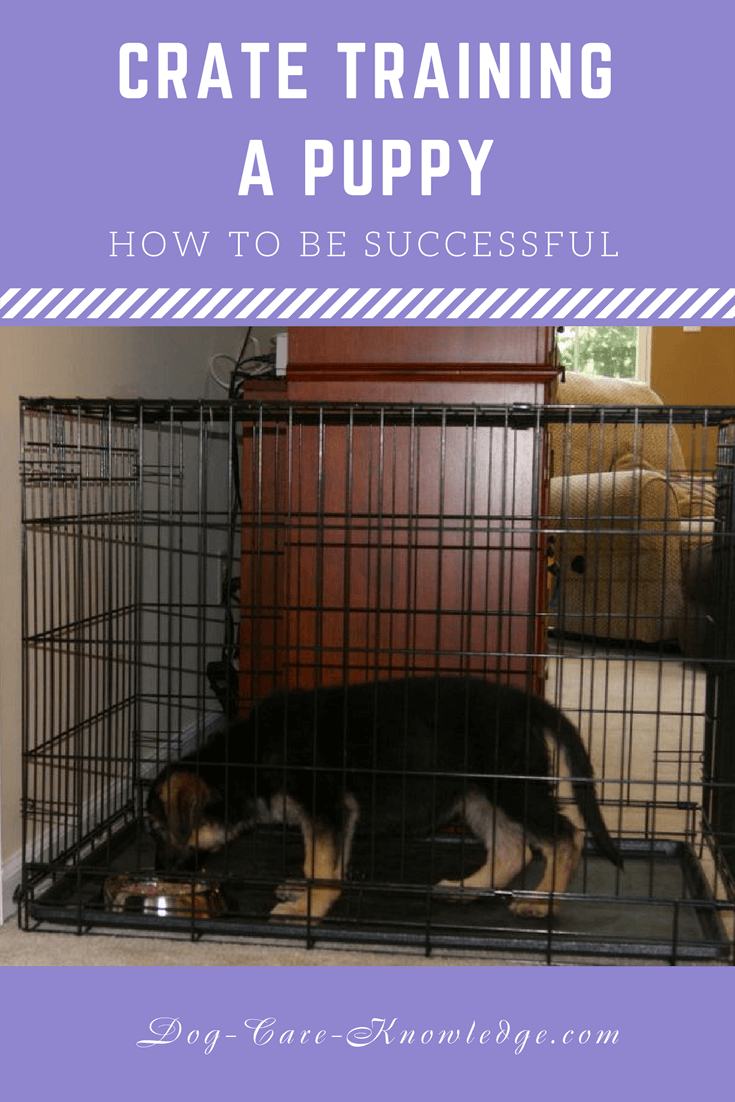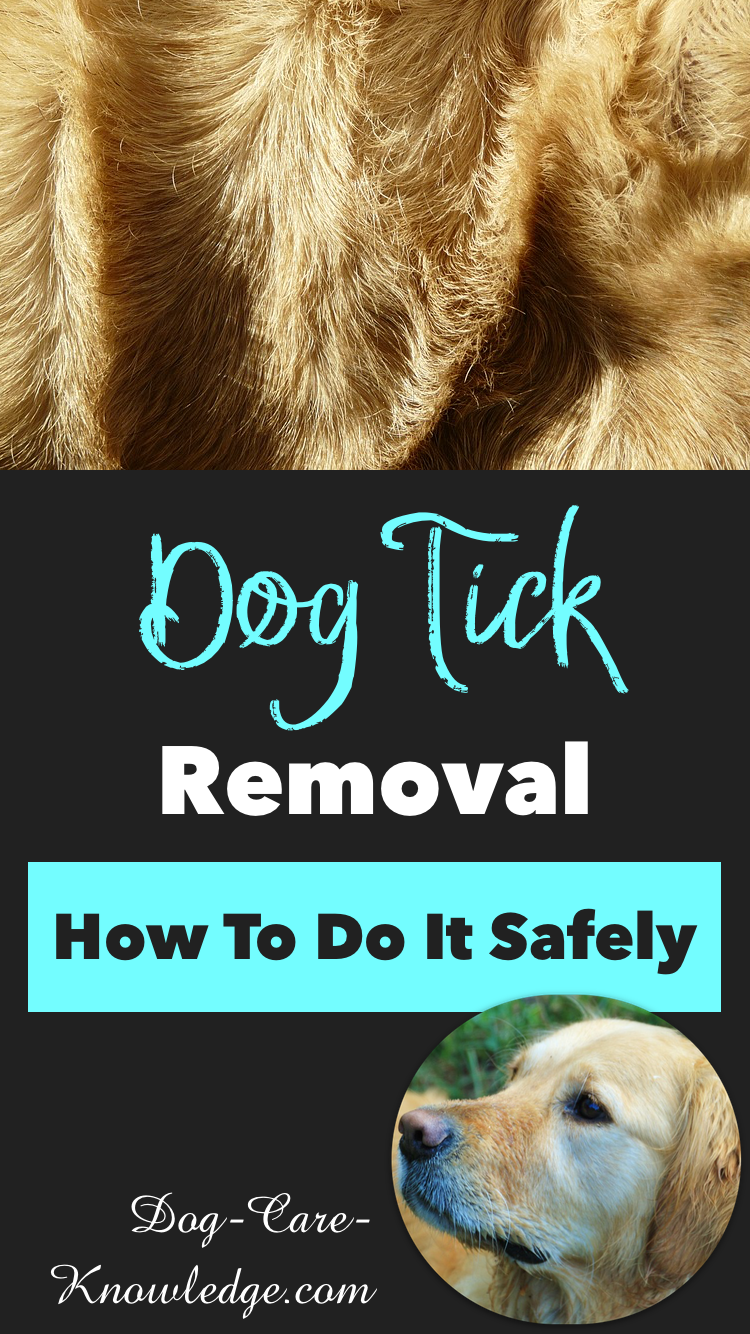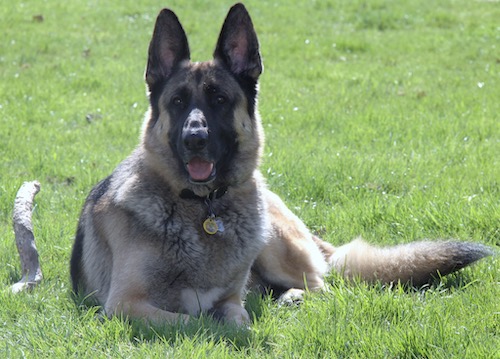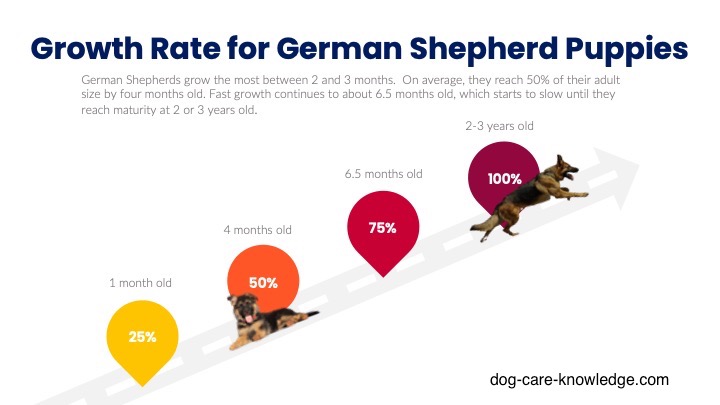- Home
- Puppy Training
- Dog Training for Separation Anxiety
Dog Training for Separation Anxiety
Teach Your Dog To Be Happy Alone
Dog training for separation anxiety involves teaching your dog that it's OK to be left alone. The process is known as to "desensitize" and basically means you're training your dog to be less "sensitive" to being alone and teaching them how to behave when they are.
Many owners of dogs suffering from separation anxiety know only to well the unhappiness and destruction this can bring. Training your best pal to be comfortable on his own will allow them to experience less stress and anxiety which in turn will calm them down Calm dog = calm behavior, and that's got to be of great benefit to pet parents!
One of the easiest ways to calm your dog, is in fact playing some calming music. It helps to calm their anxiety, as well as blocking out any noises that may cause them additional stress.
Want some concrete proof that music works?
Although training is crucial to modifying your dog's behavior, you can also try some great methods that reduce stress and relieve boredom for dogs that suffer from separation anxiety.
The best way to handle separation anxiety is when you combine all three methods:
Following these 3 methods will teach dogs how to behave when you leave.
Dog Training for Separation Anxiety - Crate Training
The best way to prevent dog separation anxiety from developing in a puppy is to invest in a crate and start training your pup to love her crate. This part is very important so really take the time to get your pup to LOVE going into her crate and feeling secure there. By following the steps, you will teach your pup that she has a safe place to go when you leave AND it will prevent her from engaging in destructive behavior that can develop into a habit.
BUT, if, you already have an adult dog with separation anxiety, then don't despair, I definitely have some help for you and I don't recommend crating her when you leave, unless she already loves being in her crate. It will only make the issue worse.
If you want her to be in a crate, you MUST follow the instructions on crate training above very slowly. If your dog already has an issue with a crate then you could try leaving her in a secure room and, again, follow the same process but slowly.
Caution:
If your dog/pup is already stressed out by being in a crate, its best to leave her confined to a room instead. Otherwise, the crate can contribute to the anxiety.
Videos To Help With Training
|
If you're more of a visual learner, you might find Doggy Dan, The Online Dog Trainer beneficial in helping with crate training or dog training for separation anxiety in general. I encourage you to click here to learn how these video trainings can be of great benefit to your and dog. Whether it’s anxiety, fearfulness, toileting issues, aggression or disobedience, I have found this series of videos to be highly useful...Let’s see if you do, too! |
Build Up Time Gradually When Dog Training For Separation Anxiety
Even if you are home all day, it is still important to get your pup used to being left alone so that she knows how to behave when you do go out.
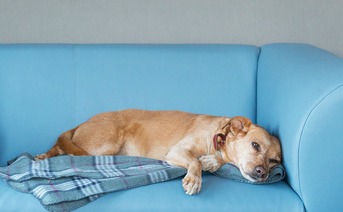
If possible, take time off work so that you can get her used to being left alone gradually. If you can't do this, perhaps a friend or family member can help or even hire the services of a dog trainer, pet sitter or dog walker for a short period and see if they can go through the steps with/for you.
It's really important to build up the time really slowly. I'm talking just a few seconds at first, before you even get to minutes, most of the destructive behaviors happen when you first leave, so the first few seconds and minutes are crucial. This way you can build up the time from mere seconds to an hour at a time.
Most destructive behavior caused by puppy separation anxiety occurs in the first 30 minutes.
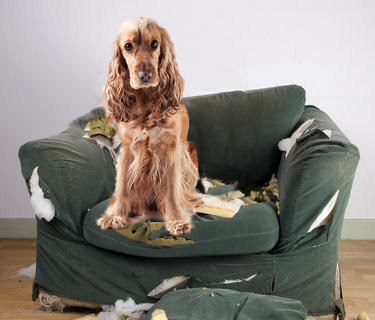
Use Cameras To Help With Dog Training For Separation Anxiety
If you really want to pin-point when your dog's destructive behavior happens, you can invest in some indoor cameras that you can view from your smartphone.
Most of them even give you the ability to speak to your dog which may help interrupt the behavior or calm them. I have the Nest cameras in my house and keep my eye on my dog whenever we are out. They're also good for security, but to be honest, we have ours for watching the dogs!
Once you can get your pup past being left alone for 30 minutes, it will get easier to build up the time from there.
Before You Leave
Before even attempting to leave the house get your pooch used to be left in a different room to you while you're still there. Use a crate or even a baby gate to help with this as it's easier if she can still see and hear you....at first. The next step is to leave her sight but stay indoors. Give her a treat or toy, and make sure anything you don't want her to get is out of reach, then just go out of sight for one or two seconds and come right back. You must try to get back before she barks, whines, or does any other unwanted behavior even if it's just one or two seconds.
Then you can do it again but longer. If at any time she starts to whine or bark then go slower. Don't give her any attention for barking and whining. Don't say a word, not even telling her to be quiet (that's still attention). Just be silent, ignore the bad behavior, and wait for her to calm down and return only when quiet. Repeat this until you are leaving your dog's sight for a couple of minutes without any noise or destruction.
If your dog starts to get stressed when she recognizes the signs that you are leaving, i.e. picking up keys, putting on shoes, coat etc., then practice doing this multiple times a day without leaving or going anywhere.
Just continually go through the same routine you do for leaving the house, and then sit back down. Do it over and over again (without leaving) until your dog no longer associates picking up keys, putting on shoes, coat, etc as the key to you leaving.
Once you've got her used to being alone for brief periods in another room, you're ready to actually leave the house! But before you do, make sure you take your puppy outside to pee/poop and have a game with her. In fact, taking her for a nice long walk first will really help.
This will expend some energy and it is much more likely that a
tired puppy will sleep while you are gone.
Leaving The House When Dog Training for Separation Anxiety
Go through the same process as you did before with leaving the room, but instead of leaving the room, you're leaving the house. BUT, go back to leaving for just one or two seconds at first. Do everything the same as you did before, give her a treat or toy, and then walk out the door and come right back in.
The key here is to build up the time, again gradually. So whatever worked for you with leaving the room, you're going to repeat for leaving the house. Practice leaving the house and returning multiple times in a row so that she becomes used to you going in and out of the door. Always leave her with something to do so she doesn't get bored. There are plenty of options to try that can help with separation anxiety in dogs.
Other Points to Consider
- Don't make a big fuss when you leave or return.
- Wait a few minutes
before you greet her.
- Never use an anti-bark collar or other form of punitive methods.
- Always leave something nice to play with or chew.
- Keep confined to a small room or crate to minimize destructive behaviors.
Wrap Up for Dog Training For Separation Anxiety
Finally, the key to being successful with dog training for separation anxiety is to go slowly and to desensitize your dog to being alone. Treating the condition involves a slow, gradual exposure to being left alone.
It's best to start this with getting your dog used to being in another room first, or even with another person. You're aiming for just one or two seconds at first and build up to thirty minutes. Once you've reached that goal it will be easier to build up time.
Reducing the stress and boredom are also important factors and can help a lot with dog training for separation anxiety.
Try playing some soothing music specifically designed for dogs, don't forget you can instantly download 9 hours of dog music here! If you want more help, you can try this 40-page book that provides additional help with reducing anxiety in dogs.